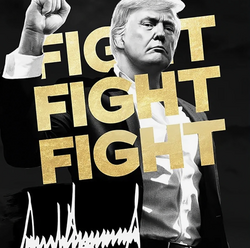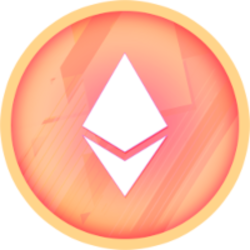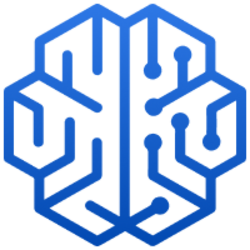Digital Reserve Currency Price Chart (DRC/USD)
Last updated 22 Jun 2022, 09:10AM UTC. Currency in USD.
DRC Price Statistics
-
Digital Reserve Currency Price Now
$0
-
24h Low / 24h High
$0 / $0
-
Trading Volume
$2,243
-
Market Cap Rank
#2891
-
Market Cap
$164,399
-
Volume / Market Cap
0.0136
-
All-Time High
$0 -99.45%
Mar 27, 2021
-
All-Time Low
$0 40.97%
Oct 27, 2020
Most Visited Cryptocurrencies
Digital Reserve Currency Cryptocurrency: A Revolutionary Paradigm Shift
Introduction
Cryptocurrency has taken the world by storm, and amid countless digital currencies, the concept of Digital Reserve Currency (DRC) has emerged as a groundbreaking and transformative financial tool. With its potential to revolutionize the global economy, DRC has garnered significant attention in the financial realm. In this article, we delve into the intricacies of DRC and its implications for the future.
What is Digital Reserve Currency?
Digital Reserve Currency can be defined as a cryptocurrency that serves as a store of value and a medium of exchange. However, what sets it apart from other digital currencies is its unique status as a reserve currency. DRC aims to provide stability, security, and global acceptance, thereby functioning as a global reserve asset, similar to traditional fiat currencies like the US dollar, euro, or yen.
The Need for Digital Reserve Currency
Traditional fiat currencies are subject to inflation, financial crises, and economic instability, which can have severe repercussions for individual economies and the global financial system as a whole. DRC, on the other hand, offers a decentralized and transparent alternative that avoids many of these pitfalls. By utilizing blockchain technology, DRC ensures trust and enables secure transactions, effectively mitigating economic risks associated with traditional currencies.
Advantages of Digital Reserve Currency
1. Stability: DRC, as a reserve currency, aims to maintain stability regardless of geopolitical or economic events. By reducing inflation and providing a predictable monetary supply, DRC enables greater economic certainty and long-term financial planning.2. Security: Blockchain technology forms the backbone of DRC, making it incredibly secure. Immutability, cryptographic algorithms, and decentralization protect transactions from fraud, forgery, and manipulation, providing users with a high level of security and trust.3. Global Acceptance: As a reserve currency, DRC envisions global acceptance, allowing individuals, businesses, and governments to conduct transactions without the need for constant currency conversions, thereby reducing costs and eliminating inefficiencies.4. Financial Inclusion: DRC's decentralized nature empowers unbanked individuals and communities to access financial services, creating opportunities for economic growth and development in regions that have traditionally been marginalized.
Challenges Ahead
While DRC holds immense promise, several challenges must be addressed for its widespread adoption and success. These challenges include regulatory frameworks, scalability, energy consumption, and technological limitations. Collaboration between governments, financial institutions, and technology experts will be vital in overcoming these hurdles.
The Future of Digital Reserve Currency
Digital Reserve Currency has the potential to transform the global financial landscape, offering stability, security, and inclusivity on an unprecedented scale. Its widespread adoption may reshape the global economy, reducing financial inequality and enhancing fiscal transparency. However, for DRC to become a reality, concerted efforts and coordination are required from various stakeholders and policymakers.

 Parkcoin (KPK)
Parkcoin (KPK) Vaulta (A)
Vaulta (A) APENFT (NFT)
APENFT (NFT) Official Trump (TRUMP)
Official Trump (TRUMP) Rocket Pool ETH (RETH)
Rocket Pool ETH (RETH) Grass (GRASS)
Grass (GRASS) WorldBrain Coin (WBC)
WorldBrain Coin (WBC)